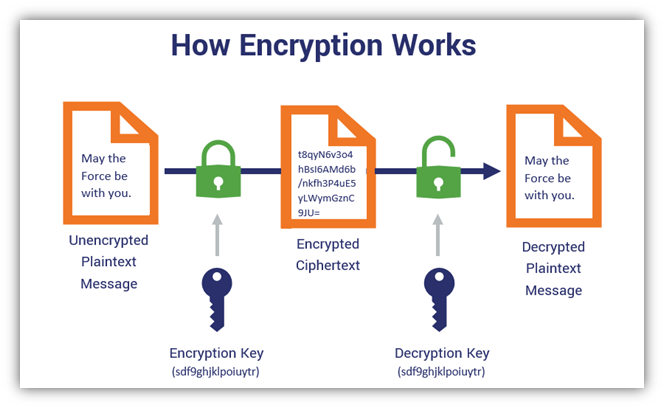Symmetric Encryption Algorithm: A Clear Guide for Beginners

Symmetric Encryption Algorithm: A Clear Guide for Beginners
In the world of cybersecurity, understanding the symmetric encryption algorithm is fundamental. This method of encryption is widely used due to its simplicity and efficiency. Whether you’re a beginner or just curious about how data protection works, this guide will walk you through the basics of symmetric encryption, its applications, and even an example of symmetric encryption in action.
What Is Symmetric Encryption?
Symmetric encryption is a method where the same key is used for both encrypting and decrypting data. This key must be kept secret to ensure the security of the communication. For insights into how it compares to asymmetric methods, see symmetric vs asymmetric encryption.
The symmetric encryption algorithm is the backbone of this process, ensuring that data remains confidential and tamper-proof.
How Does Symmetric Encryption Work?
- Key Generation: A single key is generated, which will be used for both encryption and decryption.
- Encryption: The sender uses the key to convert plaintext into ciphertext.
- Decryption: The receiver uses the same key to revert the ciphertext back to plaintext.
This simplicity makes the symmetric encryption algorithm a popular choice for securing data in transit and at rest.
Example of Symmetric Encryption
Earlier, the Data Encryption Standard (DES) was prevalent; learn more in our DES encryption guide.
One of the most common examples of symmetric encryption is the Advanced Encryption Standard (AES) AES guide. AES is used globally to secure sensitive data, from government communications to everyday online transactions.
Advantages of Symmetric Encryption
- Speed: Symmetric encryption is faster than asymmetric methods.
- Efficiency: It requires less computational power.
- Simplicity: The use of a single key simplifies the process.
For a detailed comparison of algorithm performance and security, check our AES vs DES comparison.
Disadvantages of Symmetric Encryption
- Key Distribution: Sharing the key securely can be challenging.
- Scalability: Managing multiple keys for multiple users can become complex.
To address key distribution concerns, multi-key variants such as Triple DES apply multiple encryption rounds with different keys.
Applications of Symmetric Encryption
Symmetric encryption is used in:
- Secure messaging apps
- File encryption
- VPNs
- Database encryption
- Other ciphers like Blowfish encryption
Conclusion
The symmetric encryption algorithm is a cornerstone of modern cybersecurity. Its balance of speed, efficiency, and simplicity makes it indispensable for protecting data. By understanding how symmetric encryption works and its real-world applications, you can better appreciate the technology that keeps your information safe.